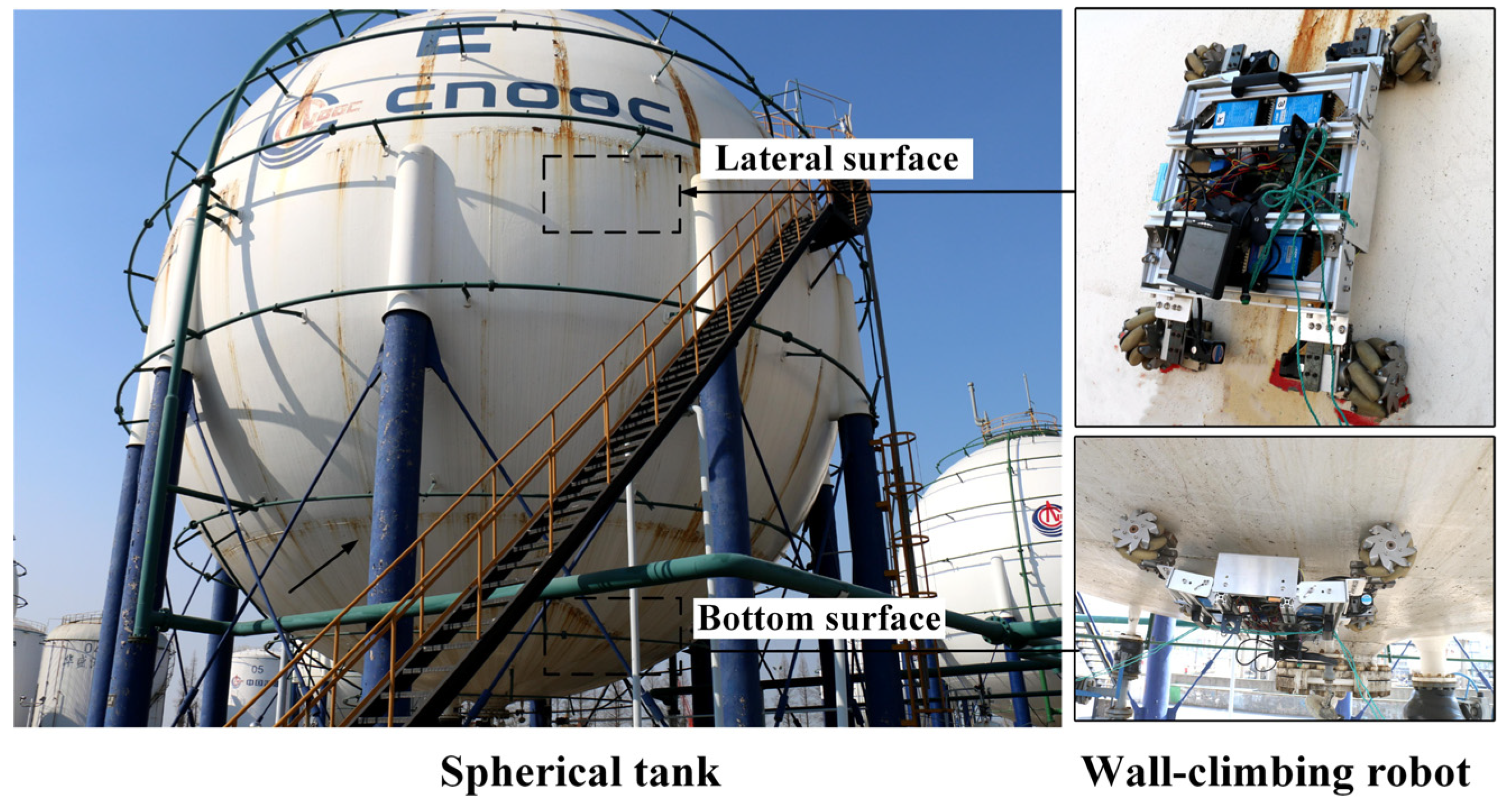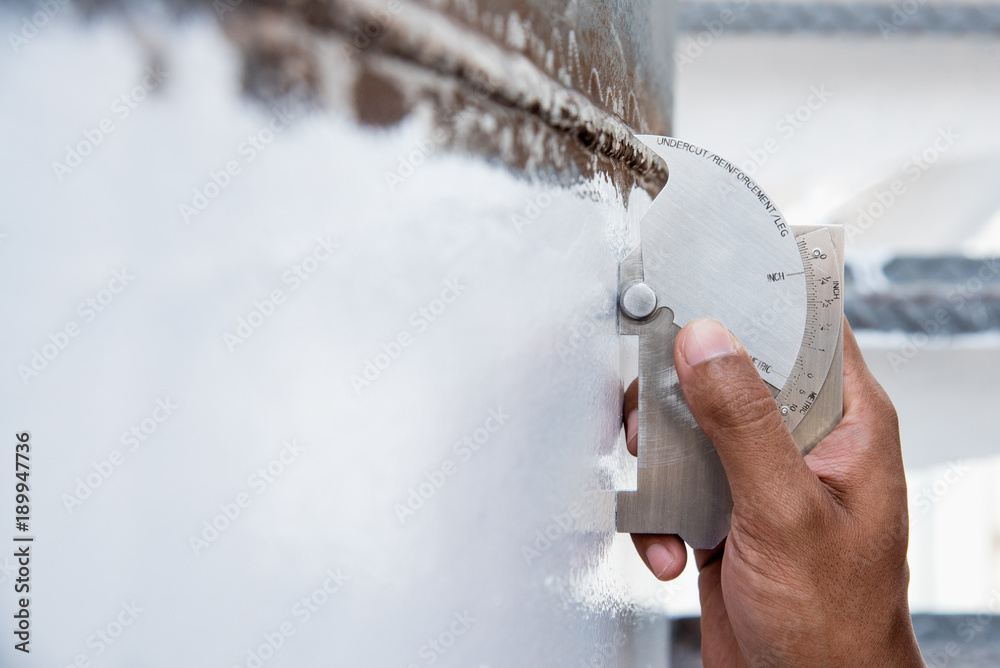The Necessary Role of Container Welding Inspection in Ensuring Structural Integrity and Safety And Security Conformity in Industrial Applications
In the world of commercial applications, tank welding evaluation emerges as a pivotal element in protecting architectural stability and ensuring compliance with security regulations. Making use of a mix of techniques such as aesthetic evaluations and advanced testing techniques, these evaluations offer to identify and minimize prospective problems prior to they escalate right into significant risks. The implications of these practices expand beyond simple governing adherence; they essentially effect operational efficiency and possession durability. However, the intricacies surrounding the assessment process prompt a closer evaluation of its methodologies and end results, revealing layers of relevance that benefit further expedition.
Significance of Storage Tank Welding Assessment

Making sure conformity with industry standards and regulations is one more considerable facet of storage tank welding assessment. Regulative bodies mandate stringent guidelines for the construction and upkeep of tank, and extensive inspections help organizations follow these needs. Non-compliance can cause serious penalties, including penalties and shutdowns, even more stressing the requirement for rigorous evaluation procedures.
In addition, storage tank welding inspection plays a crucial duty in preserving operational efficiency. In recap, the value of container welding examination lies in its capacity to guard public health and wellness, shield the atmosphere, and guarantee compliance with governing structures.
Secret Inspection Techniques
Efficient storage tank welding evaluation depends on a selection of vital methods that guarantee comprehensive assessment of weld high quality and architectural stability. Amongst one of the most widespread methods are visual assessment, ultrasonic testing, radiographic testing, and magnetic bit screening - Tank Welding Inspection. Each technique supplies distinct advantages in analyzing different elements of the weld
Aesthetic assessment works as the initial line of defense, enabling examiners to identify surface area issues, abnormalities, or incongruities in the weld grain. Ultrasonic testing uses high-frequency audio waves to spot internal imperfections, such as splits or voids, providing a detailed assessment of weld honesty. This technique is especially reliable in identifying concerns that might not show up externally.
Radiographic screening uses X-rays or gamma rays to produce pictures of the welds, exposing interior discontinuities and providing a permanent record for future recommendation. This method is very reliable for essential applications where the risk of failure need to be reduced.
Finally, magnetic bit screening is used to identify surface area and near-surface problems in ferromagnetic materials. By applying electromagnetic fields and fine iron particles, examiners can pinpoint stoppages that might jeopardize the structural stability of the storage tank. Together, site these strategies their explanation create a durable framework for making certain high-quality welds in industrial applications.
Compliance With Safety Specifications

Regular inspections play a crucial duty in making certain compliance by determining prospective failures or inconsistencies from recommended criteria. Examiners are trained to evaluate weld quality, validate product specifications, and analyze the overall architectural integrity of containers. Their proficiency is crucial in ensuring that welding procedures satisfy the required security requirements.
Furthermore, compliance with security standards not only shields workers however additionally safeguards the atmosphere from prospective risks such as leaks or devastating failures. Organizations that focus on safety compliance are much better placed to minimize threats, boost functional effectiveness, and cultivate a culture of safety and security within their labor force. In recap, keeping extensive compliance with security criteria is indispensable for the effective procedure of container welding activities in industrial setups.
Benefits of Regular Examinations
Regular assessments are indispensable to preserving the structural stability and safety of welded tanks. These inspections give an organized strategy to determining prospective issues or weaknesses in the welds, ensuring that any issues are dealt with before they rise right into significant failings. By carrying out routine evaluations, companies can identify corrosion, fatigue, and various other kinds of wear and tear that might compromise container efficiency.
Moreover, consistent evaluations add to conformity with industry regulations and requirements. Following these guidelines not just reduces legal dangers yet also enhances the organization's credibility for safety and reliability. Routine evaluations promote a positive security society, motivating staff members to identify and prioritize the relevance of tools honesty.

Situation Researches and Real-World Applications
Study and real-world applications highlight the tangible effect of reliable tank welding examination methods. One noteworthy instance is a huge petrochemical facility that encountered significant operational interruptions because of leaks in tank. Complying with the execution of extensive welding examination methods, including visual and ultrasonic screening, the facility determined important problems in weld seams that can have resulted in catastrophic failings. This positive technique not just prevented ecological risks yet additionally site saved the company millions in potential cleanup costs and regulatory fines.
Similarly, a water treatment plant applied a detailed inspection program for its tank welding operations - Tank Welding Inspection. By including non-destructive testing methods, the plant was able to find very early indicators of corrosion and fatigue in weld joints. This prompt treatment expanded the life-span of the storage tanks and ensured conformity with safety policies, hence safeguarding public health and wellness
These study highlight the importance of regular and systematic storage tank welding examinations. By focusing on these techniques, sectors can reduce risks, boost architectural integrity, and make certain conformity with safety and security requirements, eventually causing boosted functional efficiency and decreased liabilities.

Verdict
In conclusion, container welding examination is an essential component of keeping architectural honesty and safety in industrial applications. Using different evaluation techniques makes certain early discovery of potential defects, thereby stopping devastating failures.